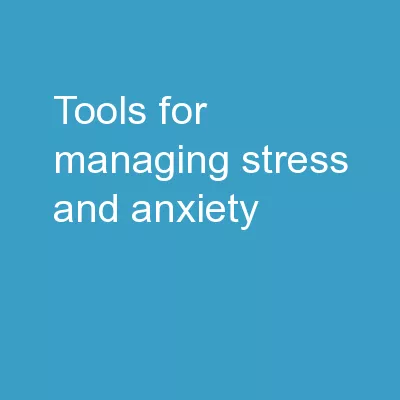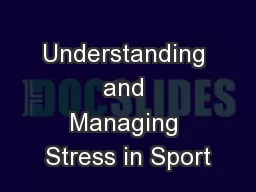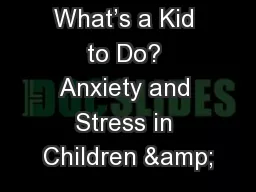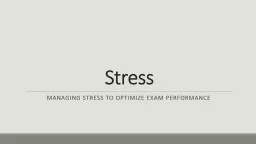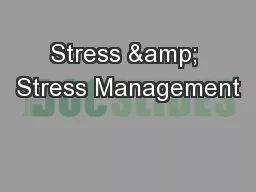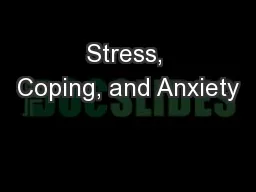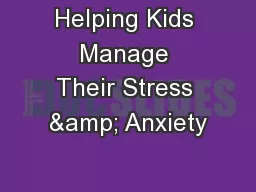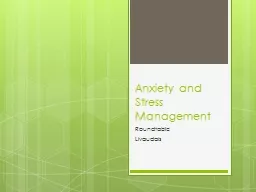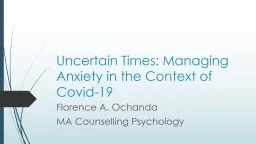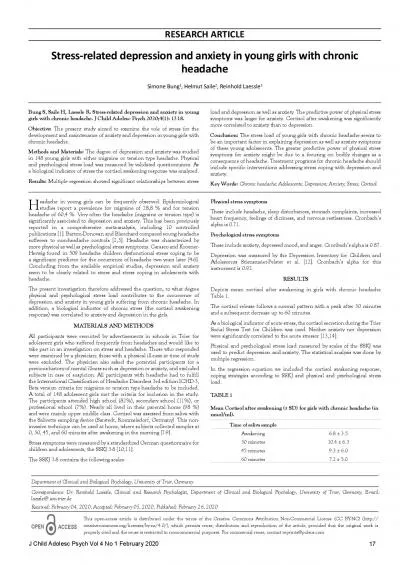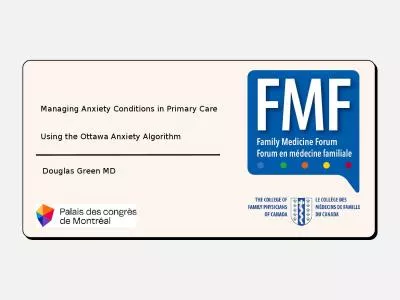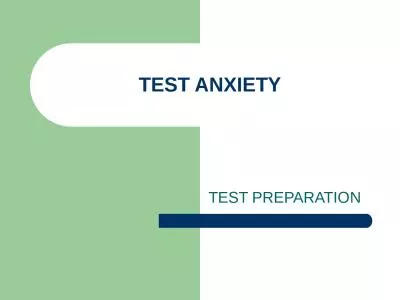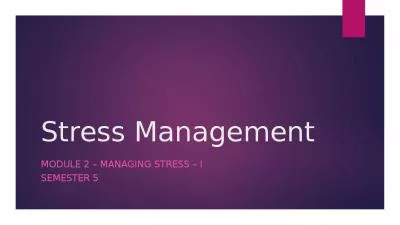PPT-Tools for Managing Stress and Anxiety
Author : faustina-dinatale | Published Date : 2019-02-16
Creating Positive Outcomes with Education amp Practice Tiana Shivers LPC Bridging the Gap Awareness and education are important in order to improve upon brain health
Presentation Embed Code
Download Presentation
Download Presentation The PPT/PDF document "Tools for Managing Stress and Anxiety" is the property of its rightful owner. Permission is granted to download and print the materials on this website for personal, non-commercial use only, and to display it on your personal computer provided you do not modify the materials and that you retain all copyright notices contained in the materials. By downloading content from our website, you accept the terms of this agreement.
Tools for Managing Stress and Anxiety: Transcript
Download Rules Of Document
"Tools for Managing Stress and Anxiety"The content belongs to its owner. You may download and print it for personal use, without modification, and keep all copyright notices. By downloading, you agree to these terms.
Related Documents

